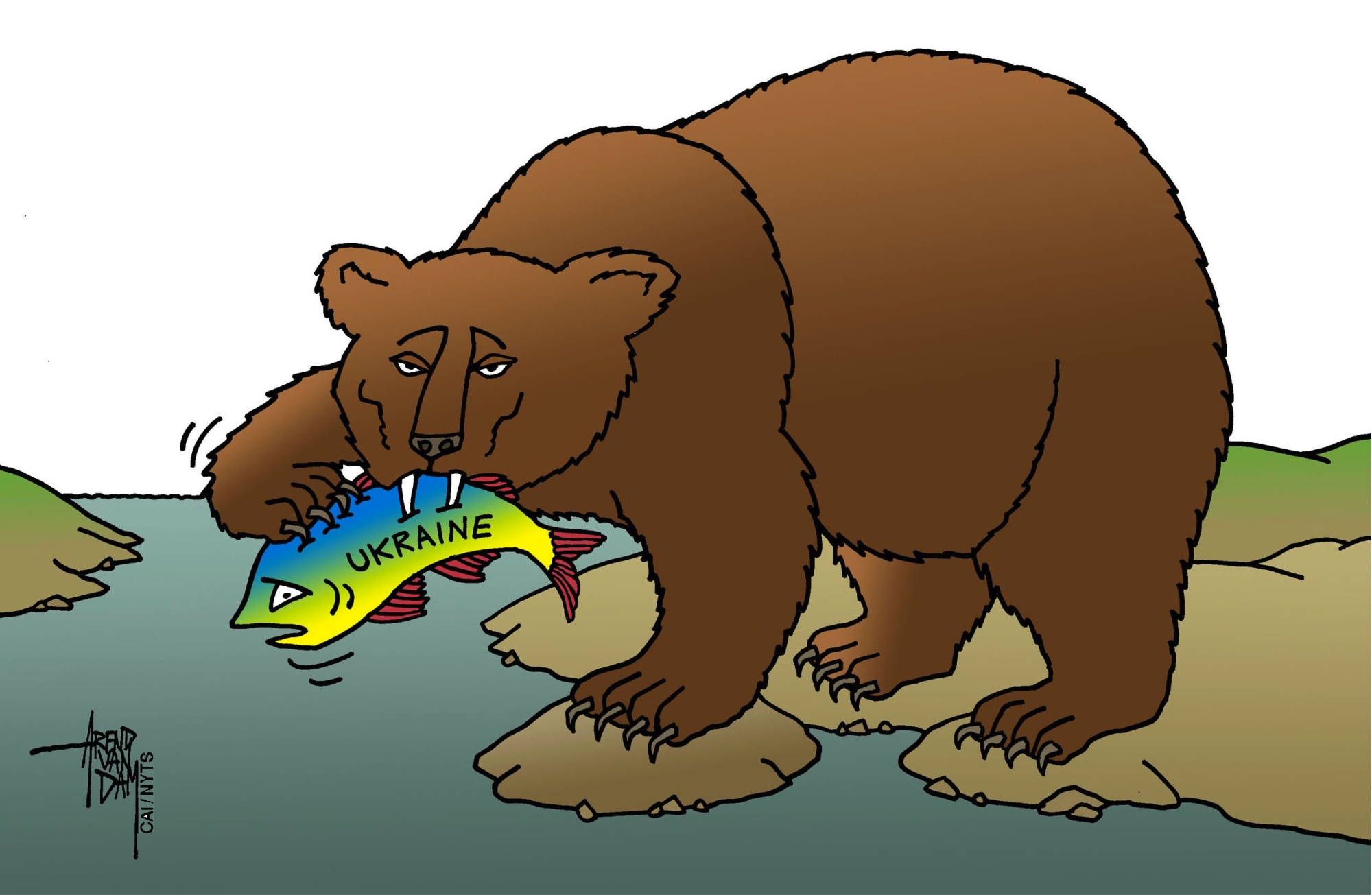When Russian President Vladimir Putin opened a new bridge linking Crimea to the rest of Russia across the Azov Sea in May, Russian officials said it was intended to integrate the disputed peninsula — seized by Moscow from Ukraine in 2014 — into Russia's transport infrastructure. By limiting ships transiting the Kerch Strait beneath the giant central span of the bridge, however, it also gave the Kremlin the ability to control maritime access to an area of water roughly the size of Switzerland.
On Sunday, Moscow turned the key in that door by using a cargo ship to block entry to the Azov Sea. As warplanes and combat helicopters flew overhead, Russian border patrol boats seized three Ukrainian naval ships after opening fire on them and wounding several sailors. On Monday, Russia's FSB security service said that the confrontation came after the Ukrainian vessels illegally entered Russian waters; Ukraine denied its ships had done anything wrong.
Russia has now reopened the strait, but the clash was another demonstration of Moscow's ever-mounting appetite to use unorthodox, partially nonmilitary and sometimes nonlethal techniques to redraw the geopolitical map. It's a strategy Putin's foes — particularly Ukraine, still locked in an endless ground war elsewhere along its border, but also the Western states of NATO — are struggling to counter.

















With your current subscription plan you can comment on stories. However, before writing your first comment, please create a display name in the Profile section of your subscriber account page.